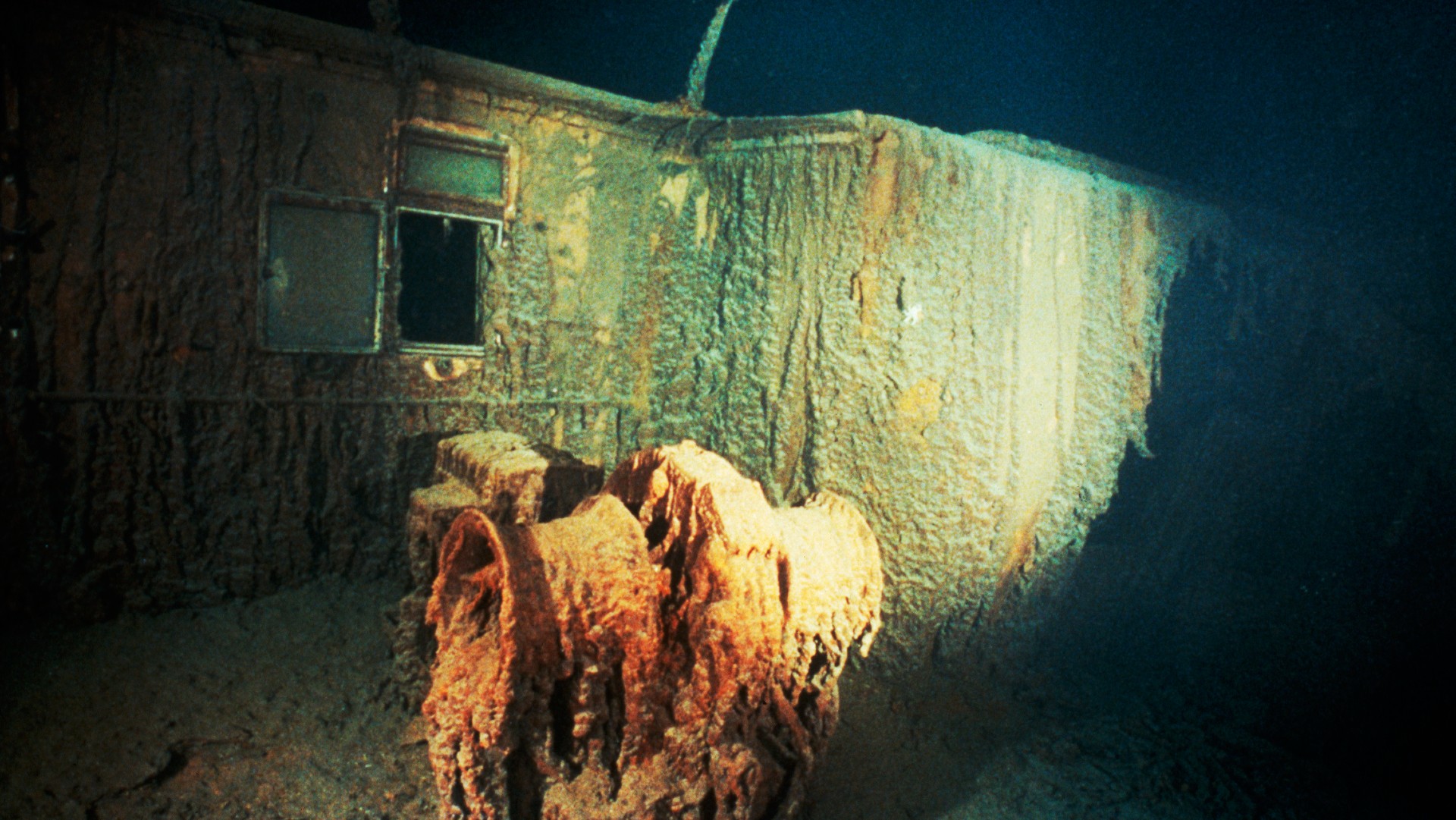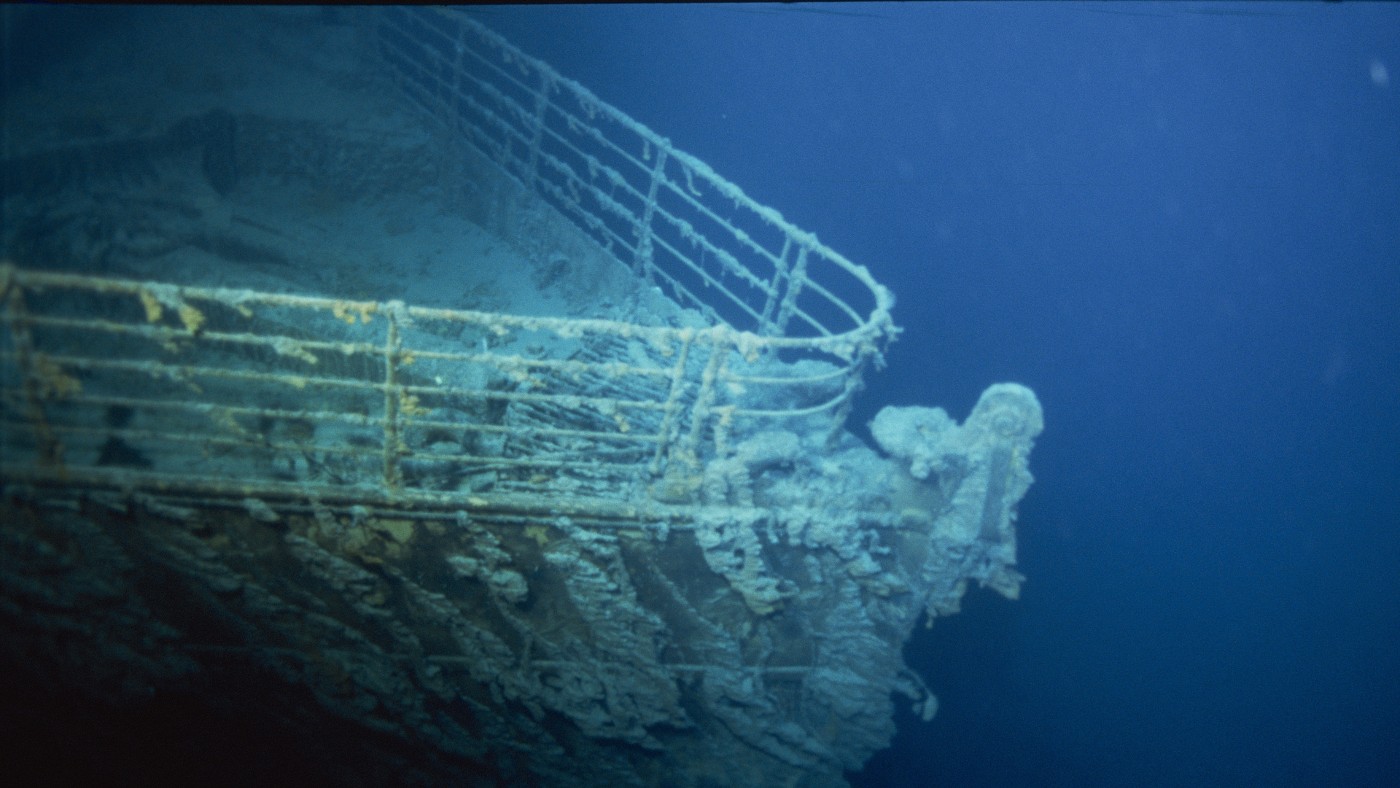‘Time is against us’: tapping heard in Titanic sub search
Canadian aircraft detected intermittent banging noises near where submersible disappeared

A military aircraft searching for the missing Titan submersible heard “banging” noises from the last known location of the divers.
Intermittent “banging” in 30-minute intervals was detected by a Canadian military aircraft, coming from the area where the submersible and its five passengers disappeared in the North Atlantic, according to internal emails sent by the Department of Homeland Security’s (DHS) National Operations Center and obtained by Rolling Stone.
“The P8 deployed sonobuoys, which reported a contact in a position close to the distress position,” the emails read. “The P8 heard banging sounds in the area every 30 minutes. Four hours later additional sonar was deployed and banging was still heard.”
The Week
Escape your echo chamber. Get the facts behind the news, plus analysis from multiple perspectives.

Sign up for The Week's Free Newsletters
From our morning news briefing to a weekly Good News Newsletter, get the best of The Week delivered directly to your inbox.
From our morning news briefing to a weekly Good News Newsletter, get the best of The Week delivered directly to your inbox.
The email added that a “white rectangular object” had been found in the water.
On Tuesday evening, an email sent to DHS leadership said the sound “will assist in vectoring surface assets and also indicating continued hope of survivors”, according to the magazine.
The Boston Coast Guard and the Joint Rescue Coordination Centre in Nova Scotia declined to comment on the reported sounds.
“Canadian P-3 aircraft detected underwater noises in the search area,” said the U.S. Coast Guard in a statement on Wednesday. “As a result, ROV [remotely operated vehicle] operations were relocated in an attempt to explore the origin of the noises. Those ROV searches have yielded negative results but continue.”
A free daily email with the biggest news stories of the day – and the best features from TheWeek.com
The statement did not elaborate on what rescuers believed the noises could be, “though it offered a glimmer of hope for those lost aboard the Titan”, said The Independent.
Experts have described the incredibly challenging task of finding and potentially rescuing the sub before its oxygen supply runs out.
US Navy nuclear-powered submarines usually only operate at 800ft or less, and might “implode” at lower depths due to the increased water pressure, said CNN.
The service has one specialised submarine rescue vehicle which can descend up to 2,000ft, reported The New York Times. The Titanic wreck lies at a depth of approximately 13,000 feet. If the submersible is anywhere near the wreck, “the only likely rescue” would come from a remotely operated vehicle, like an underwater drone.
The wreck site is about 370 miles south of Newfoundland, and the ships that can carry Navy deep-diving robots “normally move no faster than about 20 miles per hour”, the paper said.
Harriet Marsden is a senior staff writer and podcast panellist for The Week, covering world news and writing the weekly Global Digest newsletter. Before joining the site in 2023, she was a freelance journalist for seven years, working for The Guardian, The Times and The Independent among others, and regularly appearing on radio shows. In 2021, she was awarded the “journalist-at-large” fellowship by the Local Trust charity, and spent a year travelling independently to some of England’s most deprived areas to write about community activism. She has a master’s in international journalism from City University, and has also worked in Bolivia, Colombia and Spain.
-
 Political cartoons for December 17
Political cartoons for December 17Cartoons Wednesday's political cartoons include healthcare costs, the affordability hoax, giving up pencils, and more
-
 Trump vs. BBC: what’s at stake?
Trump vs. BBC: what’s at stake?The Explainer The US president has filed a $10 billion lawsuit over the editing of Panorama documentary, with the broadcaster vowing to defend itself
-
 Animal Farm: has Andy Serkis made a pig’s ear of Orwell?
Animal Farm: has Andy Serkis made a pig’s ear of Orwell?Talking Point Animated adaptation of classic dystopian novella is light on political allegory and heavy on lowbrow gags
-
 Titanic VHS collector aims for one million copies
Titanic VHS collector aims for one million copiesTall Tales And other stories from the stranger side of life
-
 Titan sub: how the doomed voyage gripped the nation
Titan sub: how the doomed voyage gripped the nationUnder the Radar Few events grab the public imagination quite as firmly as a real-time people-in-peril story
-
 What we know about the Titan sub’s likely implosion
What we know about the Titan sub’s likely implosionfeature Experts say the five passengers would have died ‘instantaneously’ following ‘catastrophic’ loss of pressure
-
 What happened to the missing Titanic sub?
What happened to the missing Titanic sub?Today's Big Question Oxygen supplies running out after vessel lost contact during ‘daredevil’ trip
-
 Titanic musical abandoned after collision with iceberg
Titanic musical abandoned after collision with icebergIn Depth Falling debris cuts short opening night at Mayflower Theatre in Southampton